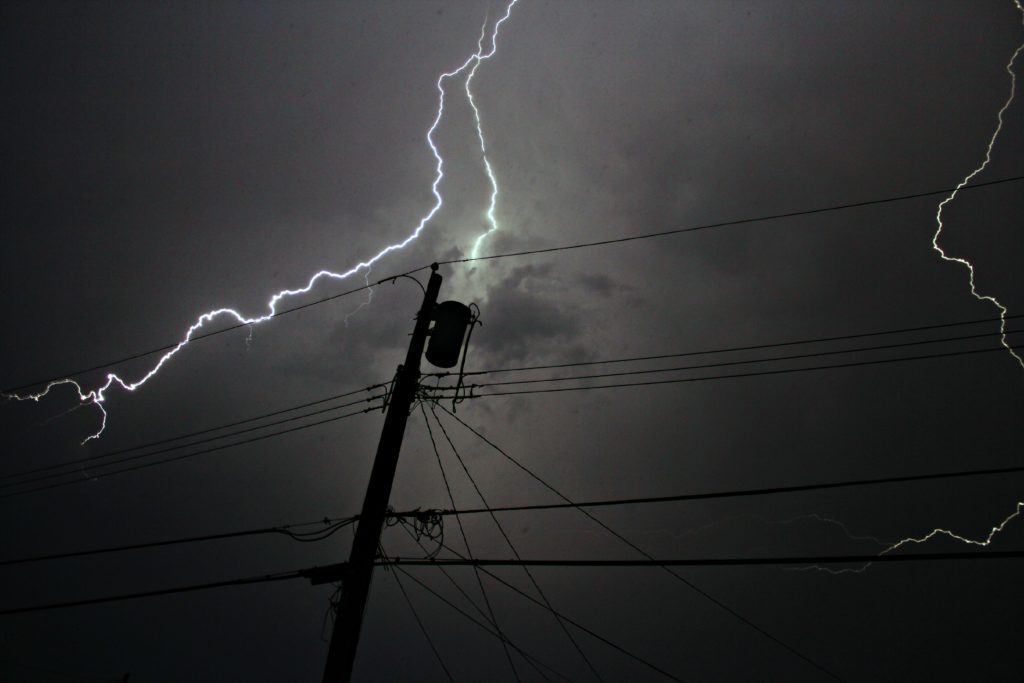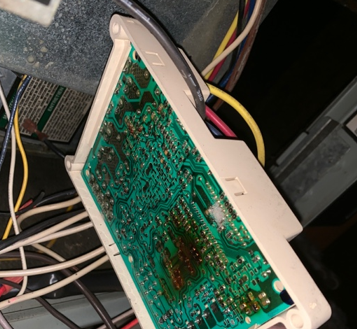Power Surge Claims – What All Adjusters Should Know
Power surges – as consumers we all know that it is crucial to protect your computer and entertainment systems from power surges, but how much do you know about what causes them and how to protect your equipment? With the increasing number of electronics that are used in a home or business, knowing what causes this damage and how to prevent becomes more prevalent by the day.
High voltage surge damage occurs frequently, and the subsequent claims can keep any adjuster busy. To help you navigate these claims, we’ve put together some information on what causes power surges, how they affect electronics, and what insured’s can do to protect their home and contents.
What causes a power surge?
Power surges also referred to as high voltage surges, are simply an increase in voltage in the electrical system. Depending on the source, this can last anywhere from a few milliseconds to a few minutes. There are a few typical causes of power surges:
- Nearby Lightning Strikes – when lightning strikes near a power line, it can discharge excess energy into the electrical line increasing the electrical pressure, which then can travel into nearby connected properties. This type of power surge can be the most damaging as it creates the highest increase in voltage.
- The Electrical Grid – if there is damage to a power line or a transformer, this can be caused by a tree falling on a power line or an animal getting into a transformer. An excess of electricity will flood the system once the power restores after being down. This recent example in Tulare, CA, knocked out power for around 1,400 homes and caused widespread damage to appliances and electronics.
- High-Consumption Electrical Devices – The majority of power surges occur from within the home. When devices that consume a high amount of electricity switch on or off, it disrupts the flow of electricity, causing small power surges within the property. While these are the most common, they are rarely damaging. However, over time, these surges can impact other devices connected to the system.
How does a power surge impact electronics?
Most homes in the United States rely on 120 volts of power, and therefore, the electronic devices attached to the system also require this amount. The electricity delivered by the utility company can fluctuate up to 169 volts, and appliances and electronics are built to withstand that fluctuation. When a significant power surge occurs, and the electrical pressure exceeds 169 volts, it can cause the connected device and/or wiring to overheat. While smaller surges won’t cause the connected components to overheat, the excessive strain caused on the device can, over time, cause it to wear out prematurely.
How can you protect your equipment against power surges?
We know that power surges can be detrimental to the many sensitive electronics that an insured has plugged into their electrical system, is there something they can do to protect those devices. There are three different types of surge protection equipment that can be utilized:
- Type 1 Surge Protection – This type of surge protector is also known as a service entrance surge protector. They are installed between the electrical distribution from the utility company and the electrical panel. This surge protector stops an externally caused surge from entering the wiring on the property. While these are very powerful, they are also costly to install.
- Type 2 Surge Protection – This type of protection is commonly known as whole home surge protectors. These are installed within the property’s electrical panel and can protect circuits, and the connected devices form both internal and external surges.
- Type 3 Surge Protection – Also known as point of use surge protection, these devices protect the components that are plugged into it. While these are the most common types of surge protection and can significantly reduce the impact of a destructive surge, it does not provide 100% protection. Additionally, while these work well for electronics such as computers and entertainment systems, these are not viable options for protecting high dollar appliances.
When handling a claim involving power surge damage, it is vital to accurately determine if a power surge damaged the equipment and whether or not the item can be repaired to return the insured to pre-loss condition. If you need assistance making that determination on your next claim, StrikeCheck can send out a qualified electrical technician to provide you with all of the data you need to settle the claim accurately, anywhere in the United States. You can submit your new assignment here.



